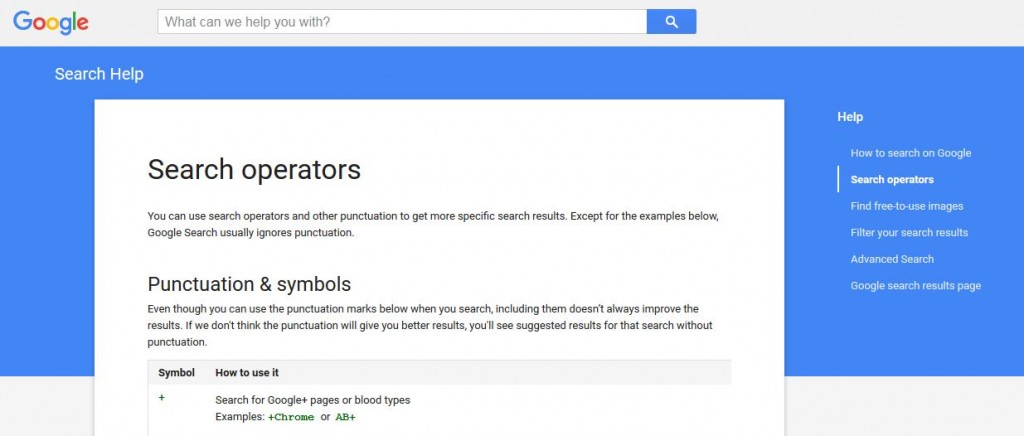

Useful proximity operators Proximity operator Proximity operators include NEAR (N x), WITHIN (W x), and SENTENCE. They let you filter results based on the proximity of one keyword to another. Proximity operators are similar to Boolean operators. Note: Many databases and search engines also offer an “advanced search” option that lets you choose the most relevant Boolean operators from a drop-down list, like in the example from JSTOR below. Therefore, it is important to check how Boolean operators work in the particular database or search engine you’re using. This will provide results including variations of the chosen word such as “formal” and “formation.”Įach database or search engine may use Boolean operators in slightly different ways. Use this when you want results that contain the keyword that you entered or other words that begin with those letters. Example: Using quotation marks“Holocene epoch” Asterisk: *Īn asterisk will provide search results containing variations of a root word. Use this when you want results that contain a precise keyword or keywords. Quotation marks will provide search results containing the exact keyword(s) contained within. Example: Using multiple sets of parentheses((id OR ego) AND Lacan) AND developmental Quotation marks: “” The search will filter results based on the innermost parenthetical keywords first, followed by the keywords in outer parentheses, and finally the keyword(s) outside parentheses. You can also use more than one pair of parentheses. Keywords and Boolean operators within parentheses will be searched first, followed by keywords outside parentheses.įor example, the combination shown below will provide results that are initially filtered to contain at least one of “id” or “ego,” and then further refined to also include “developmental.” Example: Using parentheses(id OR ego) AND developmental Parentheses allow you to group together keywords and control the order in which the terms will be searched, just like in a mathematical statement. Example: Using NOTcentrifugal NOT centripetal Parentheses: () Use this when you want results that contain one specific keyword but not another. Make sure to put your keywords in the correct order when using NOT, as the search results provided will exclude the latter keyword. NOT will provide search results containing the first of your keywords but not the second. Example: Using ORhorticultural OR agricultural NOT Use this when you want results that contain at least one (though not necessarily both) of your chosen keywords. OR will provide search results containing at least one of your keywords. Example: Using ANDAnthropocene AND climate change AND ecosystem OR Use this when you want results that contain two or more specific keywords. This will return results containing words such as “development,” “developer,” and “developing.”ĪND will provide search results containing both or all of your keywords. Provides results that contain a variation of the keyword Provides results that contain the first keyword but not the secondĪllows you to group together keywords and control the order in which the terms will be searched

Provides results that contain either keyword

Provides results that contain both or all keywords Useful Boolean operators Boolean operator It’s also very helpful when you’re working on a literature review or systematic review.
#Google boolean search functions how to
Knowing how to use Boolean operators effectively can save you a lot of time and help you to find useful sources, determine the relevance of your research topic, and create strong research questions. Frequently asked questions about Boolean operators.


 0 kommentar(er)
0 kommentar(er)
